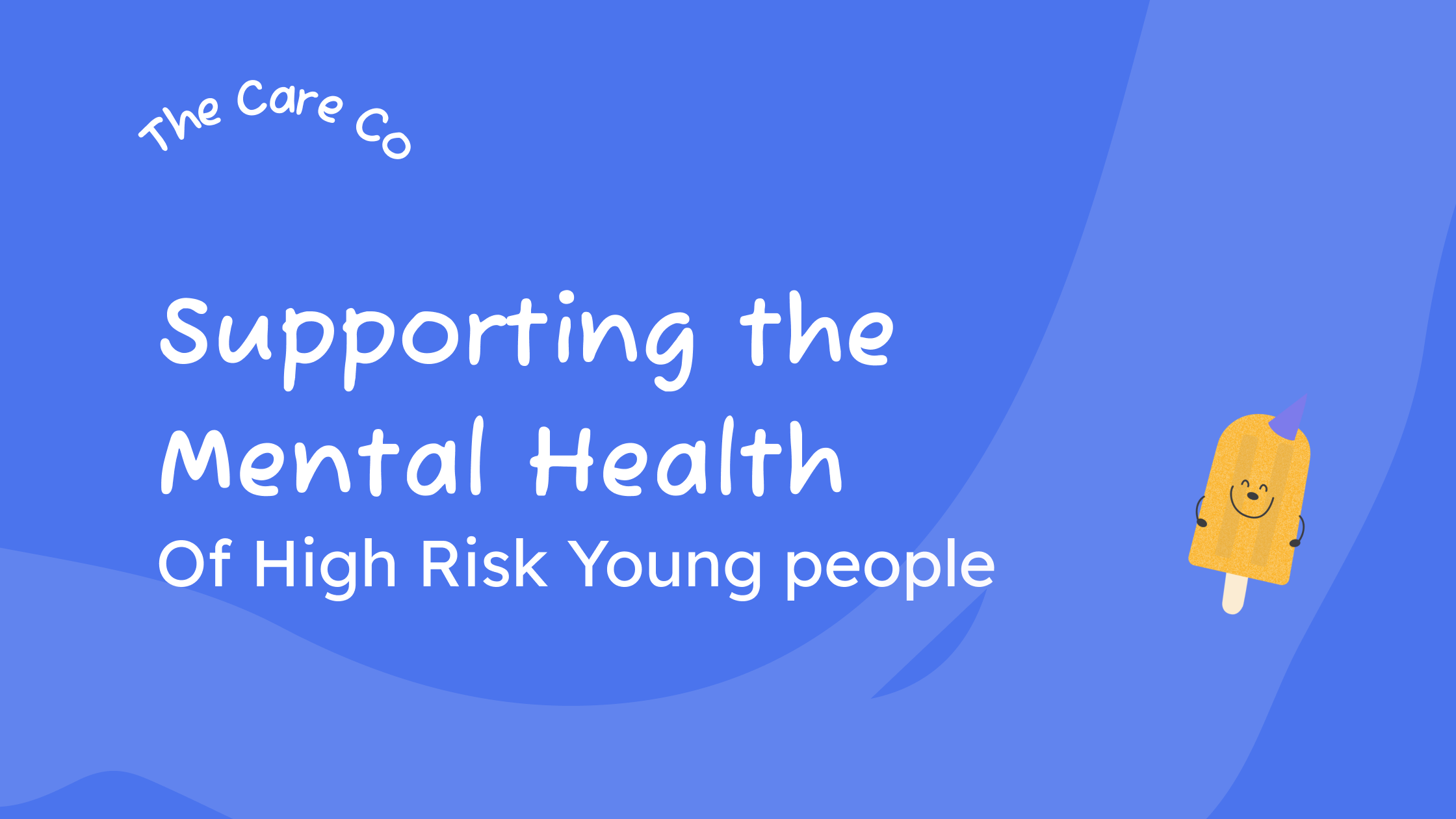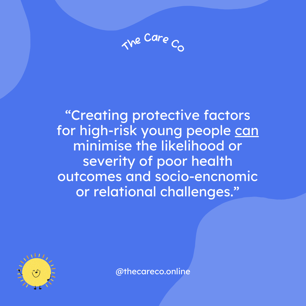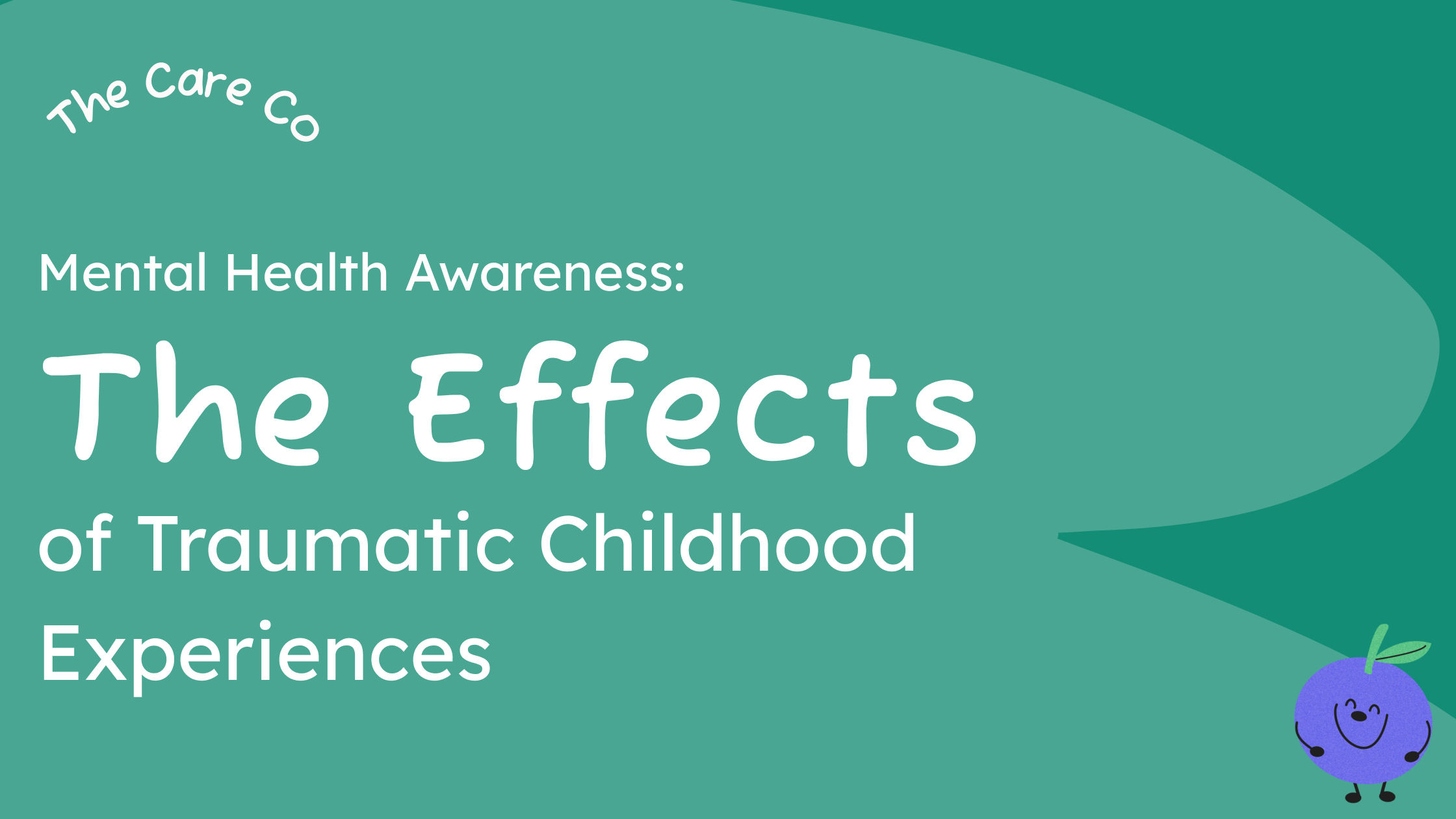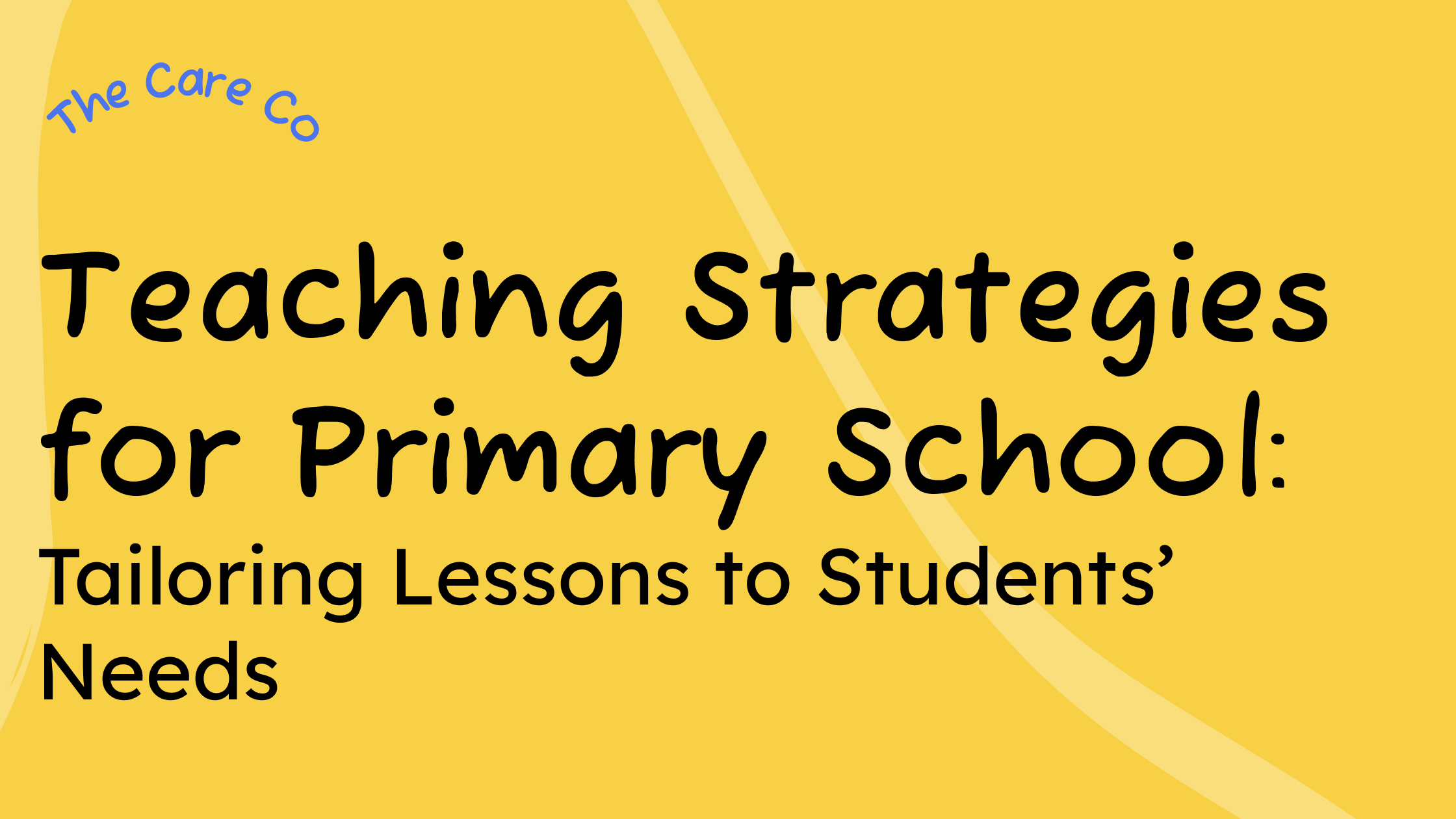Supporting the Mental Health of High-Risk Young People

Concerned that some of your students may be struggling in the classroom or at home? Some young people are at higher risk for developing social-emotional and wellbeing challenges than their peers. As a result—their friendships, health, and academic success may suffer without early intervention and meeting their unique needs.
Read on to learn more about which young people are some of the most at-risk for developing mental health and wellbeing challenges, how this can affect their learning outcomes, and what educators can do to better meet their needs.
High-Risk Kids and Declining Mental Health
There are some student cohorts and young people who are considered high-risk when it comes to developing mental health and wellbeing challenges both now and later in life.
1. Students who have experienced trauma:
Students who have experienced trauma are at risk for wellbeing challenges, poor health outcomes, academic difficulties, and may struggle with relating to or maintaining friendships among their peers.
What might this include? Students who are experiencing severe dysfunction in the home including parents or caregivers who struggle with their own mental health challenges, addiction, or are victims of domestic abuse are high-risk. (You can check out this blog where we explore more about the impacts of Adverse Childhood Experiences and how trauma events can affect young people both now and later in life.)
2. Disabled and neurodiverse students:
Students with disabilities or neurodiverse students are also high-risk for wellbeing challenges both now and later in life.
It’s important to keep an open mind about which students might fall under this high-risk category; students may have physical, cognitive, social-emotional, and sensory disabilities and our understanding of neurodiversity changes and grows each year. Among neurodiverse students you may have young people with autism spectrum disorder, ADHD / ADD, Dyslexia, and Dyspraxia.
3. Students with existing wellbeing challenges:
The research shows that young people under the age of 15 are being diagnosed with or showing first onset of symptoms younger than previously thought. Anxiety-based and mood disorders are both commonly mental health challenges seen among younger groups—and shouldn’t be dismissed because of a students’ age. Knowing both the physical and mental health challenges your students are currently facing or imputed to have (a suspected likelihood of health challenges while pending a formal diagnosis) can help identify which students may need additional social-emotional support.
Long story short: get to know your students and their individual learner profiles! Both background experiences, sociodemographic factors, familial makeup, and existing conditions can all increase the risk that a student will struggle with their mental health.

Key Differences in Supporting High Risk Students’ Mental Health
Among the suggestions educators can adopt to adapt their practices for high-risk students:
1. Learn about the effects of trauma, disabilities, mental health, and neurodiversity can have on learners.
No two learners are alike. While some educators, parents, and families may seek further observation and assessment after a young person shows difficulties in the classroom, other high-risk factors like those listed above are known factors for affecting how (and how effectively) a young person learns.
Mind, Brain, and Education (MBE) advocates are encouraging a reform in how teachers are trained—not only to better meet student needs, but also better equip teachers to recognise and adapt to unique learner needs based on individual factors.
2. SLSOs (School Learning Support Officers):
SLSOs are a great way to support students with higher learner needs in the classroom—especially when the number of enrolled students to teacher ratio is high. If your school has resourced its classrooms and educators with SLSOs, we highly recommend making an early action plan together to discuss the individual needs of high-risk students, behaviours that may disrupt their or their classmates' learning, and tactical strategies that can be implemented to get them back on track.
3. Personalised Learning Plans (and teaching resources that allow for tailored learning):
We get it—one teacher leading a large class is tough, fortunately, innovations in education technology have come very far. While technology should act as a support (and not a replacement) to effective teaching and learning (unless needed as a learner aid), software, digital programs, and digitised lesson plans do offer students a means to learn at their own pace.
Especially effective for students with Personalised Learning Plans and modified curriculums, digital devices, subject software mapped to local KLAs, and assistive technology can be a great way to accommodate unique learning needs for high-risk students.
Adapting Lessons to Teach All Kids Supportive Mental Health
Knowing which students in your classroom are at higher risk for mental health challenges, poor peer relationships, and academic difficulties is key to shaping their learning outcomes. While we may not be able to change the reality and lived experiences of each student, educators play a pivotal role in the next steps and opportunities available to them.
If you’re interested in learning more about the effects of lived experiences on young people’s mental health, wellbeing, and learner success, follow along with The Care Co blog.

